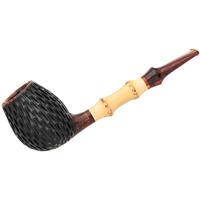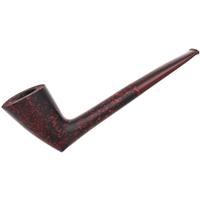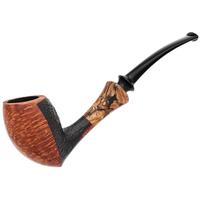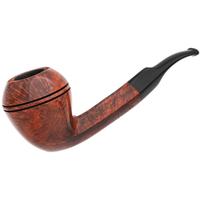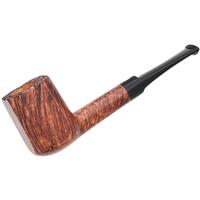It's getting more precise and technical in here:You guys that are enlarging the airway are on the right track. By widening the air path you are minimizing the effect that the irregular restrictions caused by condensation can have on air flow, which mitigates turbulent flow and maximizing laminar flow reducing the chances that gurgle will develop.
***
I agree with much of what Torque wrote above and will add that in many cases that "turbulent air flow" occurs in the space or gap that exists where the stem/tennon meet or I should say, don't, meet.
***
Opening the airway works if one also opens up the bit and reduces the flat face area of the tenon.
1. What actually is 'gurgling'?
- Turbulent flow caused by irregular restrictions which in turn caused by condensation along *some part* of the airway;
(hint: then which *some part* is the critical part of the airway?)
2. What factors contribute to gurgling? (and by reducing them eliminates gurgling)
- Proposal 2a: draft hole hitting right at the bottom of the bowl without a pool for condensation to 'sink in';
(counter example: some pipes with draft holes drilled right at the bottom smoke real dry and never gurgle.)
- Proposal 2b: the gap where the stem/tennon do not meet causes gurgling;
(counter questions: plausible reason, but then by the same logic, does that mean that all Canadian shape is then gurgle free? How about reverse Calabash pipe with huge air chamber? Or those filtered pipes with chamber for filter?)



